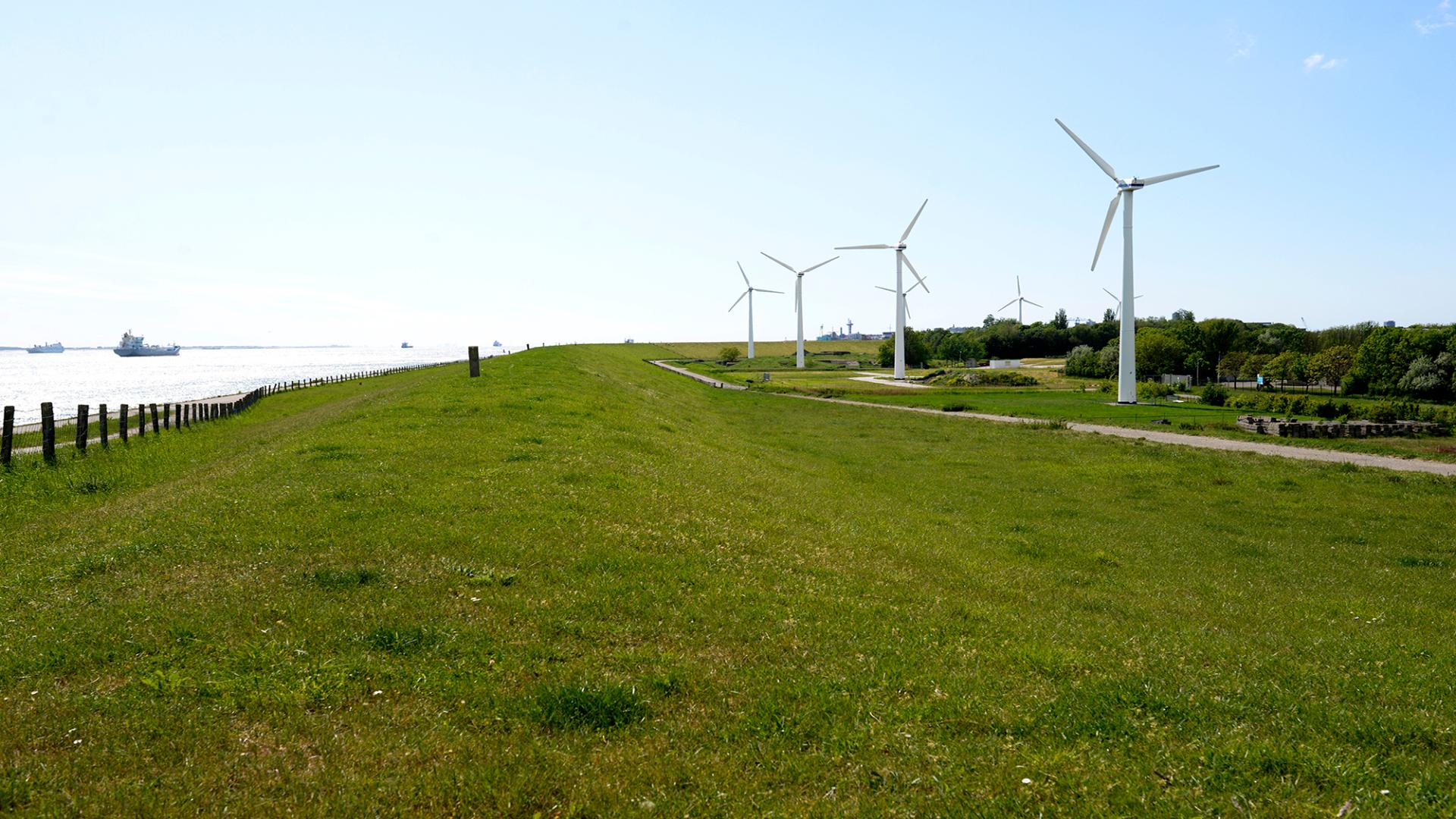Red fescue could be the future of turfgrass management
Growing and managing turfgrass is getting tougher. The pressure is on to use fewer resources – less pesticide, fertiliser, water, and management time – to grow turf sustainably. Red fescue is the answer. It doesn’t just perform well on all environmental measures, it is also fine textured and has a nice colour.

Red fescue – the good-looking turfgrass that’s easy to manage
Red fescue turfgrass is known for its fine texture and lush appearance. It’s a popular choice for lawns and landscaping. But there’s far more to red fescue than good looks. In the world of turfgrass species, red fescue stands out for its remarkable sustainability and low maintenance.
Red fescue is actually three subspecies: chewing fescue Festuca rubra commutata, slender creeping red fescue Festuca rubra littoralis (trichophylla), and strong creeping red fescue Festuca rubra rubra. All three are renowned for their resilience under diverse environmental and management conditions. These cool-season grasses thrive in areas with minimal resource inputs, making them an ideal choice for turf areas that focus on resource conservation.
The sustainable, drought-tolerant choice
In a changing environment, red fescue will become an increasingly desirable component of lawn mixtures. It meets the need for sustainable turf management, and grows well without the chemicals banned under EU and national laws.
Drought-tolerance is a standout feature of red fescue. It thrives on far less frequent irrigation, a trait that helps preserve precious water resources. With its high natural disease-resistance, red fescue also needs less pesticide, which makes it a far better environmental choice.
Red fescue needs less fertiliser than other lawn grasses. This saving cuts costs and reduces the chance of nutrient runoff into water streams, which helps to protect aquatic ecosystems but it also means less maintenance. The energy savings and reduction in associated greenhouse gas emissions support global efforts to combat climate change.
Another useful feature of the slender creeping and strong creeping red fescues is their high salt tolerance. They are ideal for mixtures for grassing dikes and other landscaping structures that protect against flooding relating to climate change.
Choose MAXIMA 1 to beat weeds
One variety that encapsulates all the red fescue benefits is MAXIMA 1, a strong creeping red fescue from DLF. MAXIMA 1 combines all the advantages of red fescue with a notably high growth rate placing it in the top 3 on the SCANTURF for the character “relative growth rate”, making it an excellent component for mixtures for outcompeting weeds. MAXIMA 1 also stands out for its winter colour which puts it among the top varieties on the English STRI list and number one on the Scanturf list for the feature “winter colour”. MAXIMA 1 is not just a good environmental choice, it’s a source of lush winter colour.
To sum up, red fescue is both versatile and environmentally friendly. It’s your champion in the pursuit of sustainable turf. With less pesticide, less need for water, and minimal environmental impact, red fescue is a step towards a greener, more sustainable future for turf management.